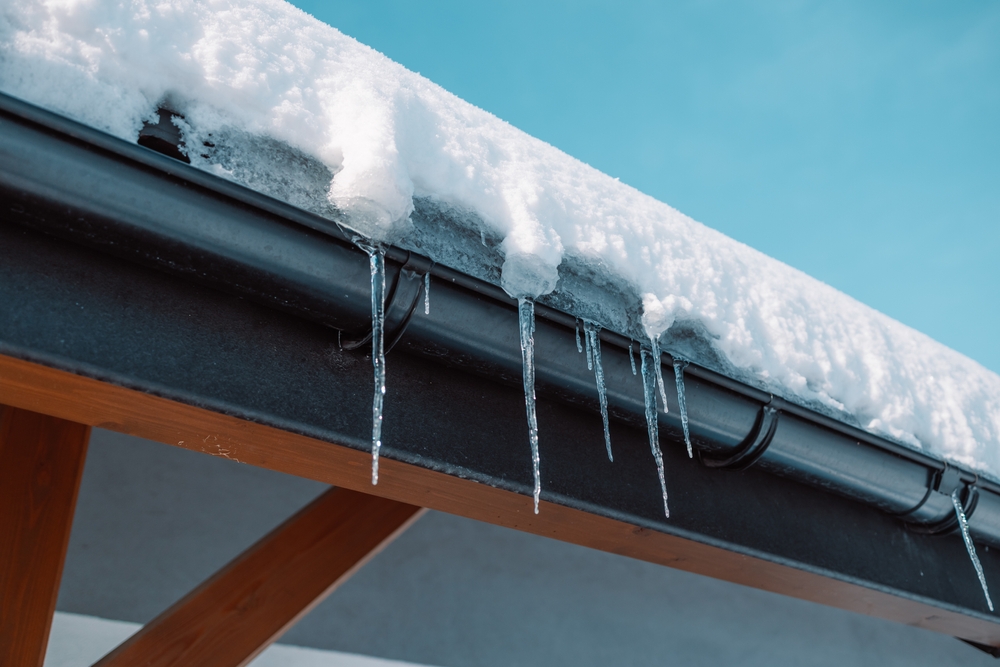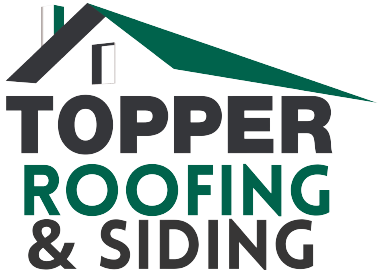Whether you’re a Maryland or Western Pennsylvania homeowner, a roof is something you only think about when you see missing shingles or leaks. But as any experienced roofing contractor knows, the biggest threats aren’t visible from the street. They’re happening quietly in the attic.

When insulation and ventilation aren’t working together, your roof can wear out faster and your energy bills can creep higher. You might not see the problem right away, but your home starts feeling less comfortable, and your HVAC system works harder just to keep up.
That’s where Topper Roofing comes in.
The Hidden Problem: Trapped Air and Rising Costs
Most homes lose efficiency because the attic traps heat and moisture. Poor insulation lets warm air escape in winter and build up in summer. Without ventilation to move that air out, moisture lingers, and over time, it begins to damage wood, insulation, and roofing materials.
You might notice uneven temperatures, a musty smell, or even frost under the roof deck. Those are warning signs that something’s off in your attic.
According to Energy.gov, insulation is one of the simplest and most cost-effective ways to manage heat flow in your home. But insulation alone isn’t enough. It needs a path for air to move, which is where ventilation does its job.
The Winter Test: Ice Dams
When cold weather hits, attic heat can melt snow unevenly on your roof. The water refreezes near the eaves and creates ice dams that trap more melting snow. Sooner or later, that water can sneak under shingles and cause leaks or rot.
Proper insulation keeps roof temperatures steady. Ventilation lets cooler air circulate so snow melts evenly. The University of Maryland Extension explains that both are essential for avoiding costly winter damage.
The Guide: Topper Roofing’s Approach
You shouldn’t have to guess what’s happening in your attic. That’s why every Topper Roofing project includes a full look at insulation and ventilation. Our team checks airflow, insulation levels, and how the roof system is performing as a whole.
If we find an issue, we’ll walk you through it clearly and suggest practical next steps. That might mean adding soffit or ridge vents, improving air pathways, or upgrading insulation.
Topper Roofing is a Preferred Contractor for Owens Corning, which means we use materials designed for lasting performance in the Mid-Atlantic climate. You can also explore Owens Corning’s attic insulation guide for helpful information about roof and attic systems.
The Plan: Protect, Prevent, Perform
- Schedule an inspection. Contact our team to evaluate your attic and roof.
- Get a clear report. We’ll show you what’s working, what’s not, and why.
- Make smart improvements. We’ll recommend durable, cost-effective upgrades that protect your home and reduce energy waste.
The Result: A Roof That Works Smarter
When insulation and ventilation work together, your roof lasts longer, your attic stays dry, and your energy bills level out. You’ll feel the difference in comfort and see it in lower heating and cooling costs.
Topper Roofing’s goal is simple: to help homeowners get the most from their roofs, season after season.
If you’re not sure what’s happening in your attic, or you’ve noticed signs of poor airflow or insulation, reach out to us. We’ll help you find out what’s going on and how to fix it before small issues turn into big repairs.
Because your roof should do more than keep out the rain, it should help your whole home perform at its best.





